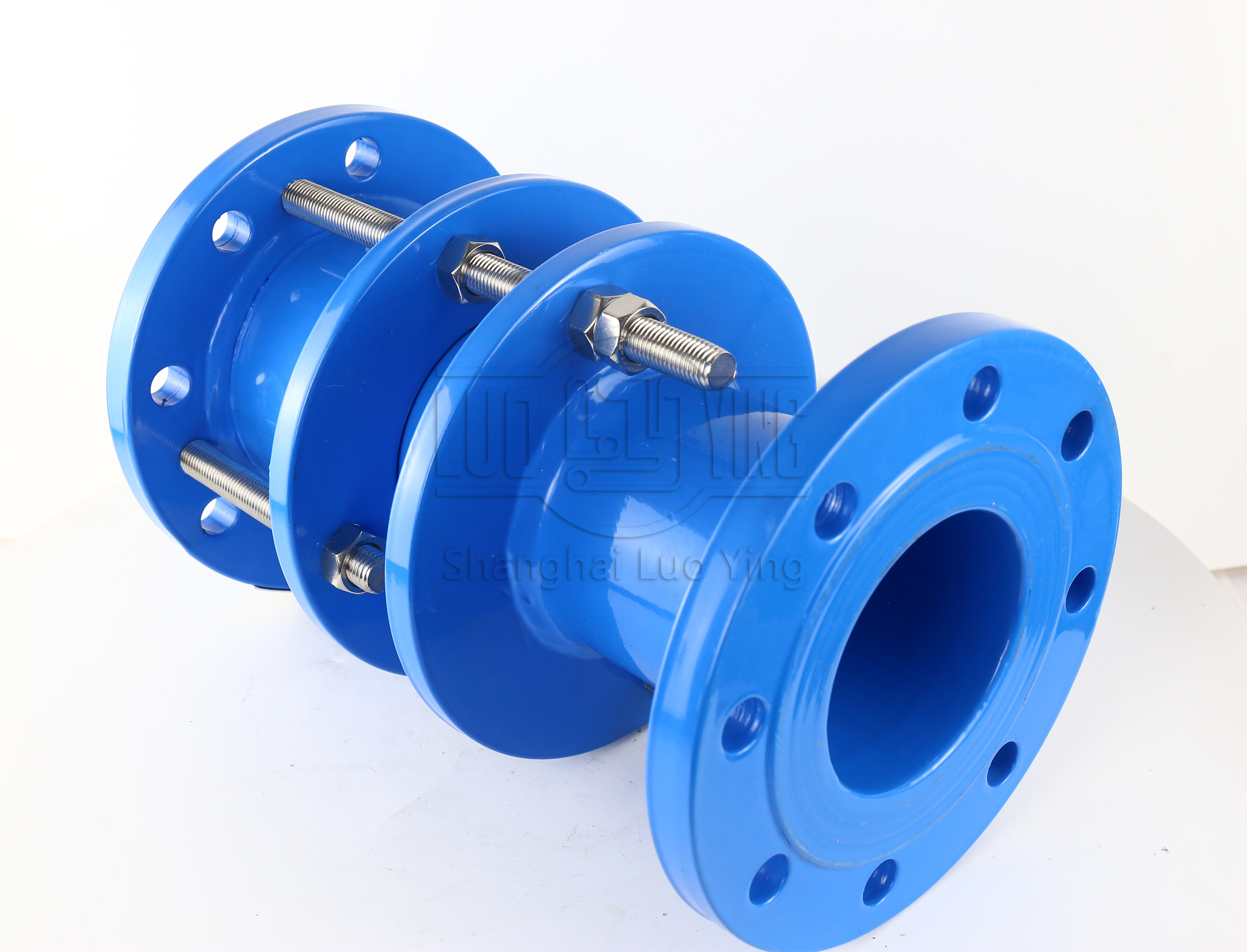What Causes Damage to Expansion Joints?
Aug-23-19
What Causes Damage to Expansion Joints?Damage to expansion joints can occur due to various factors, ranging from improper installation and maintenance practices to external forces and environmental conditions. Understanding the causes of damage is crucial for effectively preventing and addressing issues with expansion joints. In this essay, we will discuss common factors that can lead to damage to expansion joints.
Misalignment and Improper Installation: One of the significant causes of damage to expansion joints is incorrect alignment or improper installation. If a joint is not properly aligned with the adjacent piping sections or if the installation guidelines provided by the manufacturer are not followed, it can result in excessive stress on the joint, premature wear, or even failure.

Corrosion and Chemical Exposure: Expansion joints are often exposed to harsh environments where corrosion and chemical exposure can occur. Corrosive substances, such as acids or salts, can corrode the joint's materials, weakening its structural integrity. Additionally, chemical reactions between the joint's materials and the fluid being conveyed can cause degradation and damage. Regular inspections and appropriate material selection considering the operating environment are essential to mitigate these risks.
Overpressure: Subjecting an expansion joint to pressures beyond its design limits can lead to damage. This can occur due to sudden pressure surges, system malfunctions, or improper system operation. It is crucial to ensure that the joint is designed to handle the maximum operating pressure of the system and to implement pressure relief mechanisms, such as safety valves or pressure regulators, if necessary.
External Forces: Expansion joints can be subjected to external forces that can cause damage. These forces can include mechanical impacts, seismic events, or external loads caused by nearby construction activities. Protecting the expansion joint from these forces through appropriate shielding, reinforcement, or isolation measures is essential to prevent damage.
Fatigue and Aging: Over time, expansion joints can experience fatigue and aging, leading to degradation and potential failure. Continuous cyclic movements, temperature fluctuations, and exposure to environmental factors can all contribute to this wear and tear. Regular inspections, maintenance, and, if necessary, replacement of aging or worn-out joints are critical for preventing unexpected failures.
In conclusion, several factors can lead to damage to expansion joints. Misalignment during installation, excessive movement, corrosion and chemical exposure, overpressure, external forces, and fatigue are common causes. By understanding these factors and implementing appropriate preventive measures, such as proper installation, regular inspections, and maintenance, operators can ensure the longevity and optimal performance of expansion joints in their systems.

